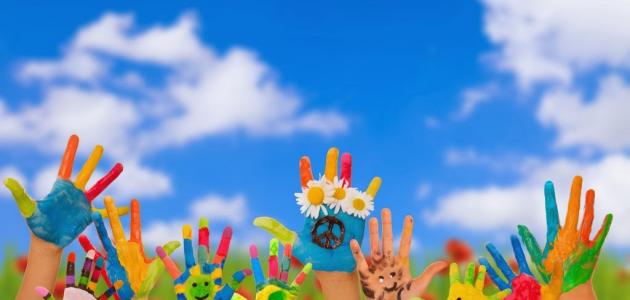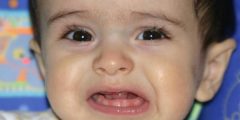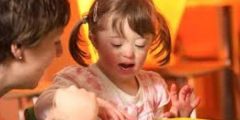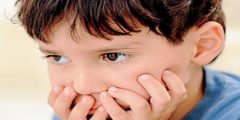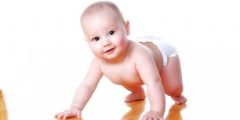Defining the developmental characteristics of the child
The developmental characteristics of a child are a set of successive changes that the child goes through since his birth and during the new stages of his development in various physical, psychological, mental, linguistic, and social aspects, in a successive, interactive system until he reaches the stage of maturity and the completion of his personality.
Developmental characteristics of the child
In the breastfeeding stage
It is from birth until the second year of the child’s life, and the characteristics are as follows:
- The child shows his interest in what is happening around him, and begins to respond socially to those around him.
- He forms relationships with adults more than his relationships when he was younger, as he begins his communication with the mother, father, and those around him inside or outside the home, while his social relationships with other children begin in the second year of his life.
In early childhood
They range from two to six years old, and the characteristics are as follows:
- The child's height and weight increase based on genetic factors and the nature of the child's nutrition. His features also change, and his brain grows rapidly.
- The shape of the mouth changes, the size of the face increases, and the child’s baby teeth begin to fall out, to be replaced by permanent teeth at the end of childhood (12 years).
- The child learns how to live with himself and interact with other people and things, relying on the skills he has acquired from the motor and cognitive aspects.
- The child's sense of confidence and social harmony increases. The child has one or more friends. He also tends to express his emotions freely and openly, and his tantrums become more frequent.
- He uses various means of imaginative expression such as dreams, drawing, and imagination.
- The child masters speech, uses linguistic vocabulary to express himself, and forms correct sentences as a means of communication with others.
- The child's thinking becomes more flexible due to the expansion of his social circle.
- The child uses dual language between classical and colloquial languages.
- The content of the child's speech revolves around himself, ridicule, or criticizing others, and he also asks frequently.
Read also:What is a CRP test for children?
In middle childhood
They range from six to nine years old, and the characteristics are as follows:
- The child enters basic school from kindergarten.
- The baby's body grows slowly, and the head, arms, and legs grow faster than the trunk.
- The child's height and weight increase by 5% per year.
- The child's manual dexterity increases, and he is characterized by increased activity and movement.
- The child learns the basic skills of reading, writing, and arithmetic, and his ability to memorize, remember, and understand the meanings of vocabulary increases.
- The child's curiosity, ability to innovate, and eagerness to learn increase.
- The child begins to learn long and complex sentences, master linguistic skills, and develop the concept of right and wrong.
- The child becomes more in control of his emotions, and more accepting of delays in fulfilling his desires.
- The child develops new friendship groups to play collectively.
